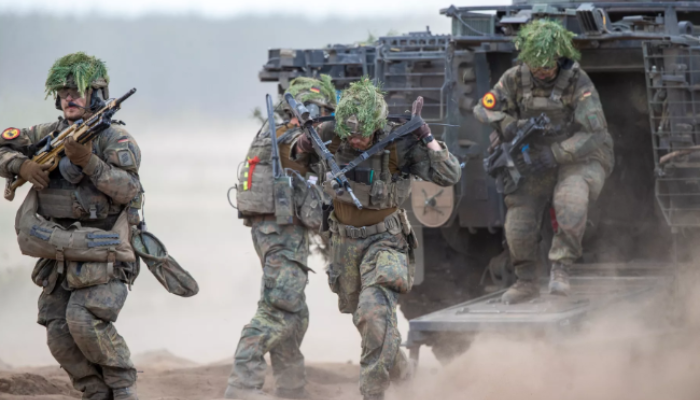
The European Commission has unveiled its long-awaited White Paper on Defense, a key initiative aimed at strengthening the EU’s military capabilities in the face of growing security threats. However, the proposal has raised concerns due to the lack of new, innovative financing solutions to fund the ambitious plans.
The White Paper builds on the Commission’s previous ReArm Europe initiative, which seeks to mobilize up to €800 billion for defense spending over the next four years. The proposal emphasizes joint procurement and pooled orders to streamline defense spending among EU member states, but it remains unclear how these efforts will be funded without significant changes to current financial structures.
One of the primary funding mechanisms outlined in the document is the activation of the national escape clause in the EU’s Stability and Growth Pact. This would allow member states to temporarily bypass strict fiscal rules, allocating up to 1.5% of their GDP towards defense spending. The Commission hopes that all 27 member states will take advantage of this clause by April, potentially raising around €650 billion for military investments.
Additionally, the White Paper proposes the creation of the SAFE instrument, which would allow the EU to raise capital in global markets and loan up to €150 billion to member states. However, this funding would need to be repaid, unlike grants. Governments must submit requests within six months to access this financial tool.
Despite the scale of these efforts, the White Paper has been criticized for not introducing more novel financing options. The Commission suggests expanding the role of the European Investment Bank, tapping into private financing, and using cohesion funds for defense projects. However, the only new financial relief proposed is the potential VAT waiver for joint defense purchases, which remains uncertain in its financial impact.
While some EU leaders, including France’s Emmanuel Macron, have called for additional measures like Eurobonds or a digital tax, the Commission remains focused on the SAFE instrument and ensuring that defense equipment purchased through the initiative is at least 65% EU-manufactured.
In addition to financing, the White Paper outlines several strategic initiatives, such as the European Military Sales Mechanism, a roadmap for military technology investment, and the creation of strategic stockpiles. These proposals are aimed at improving the EU’s ability to respond to emerging security challenges, such as the threat posed by Russia.
As the EU prepares for a summit in June, attention will shift to how these ambitious plans will be implemented. EU leaders are under pressure to turn strategy into action to strengthen Europe’s defense posture and ensure long-term security.
